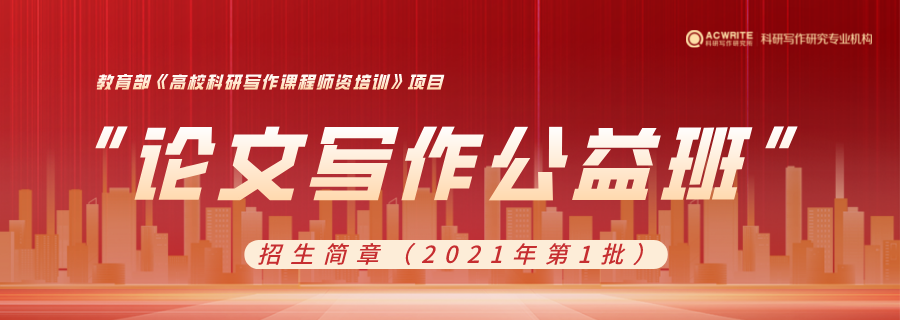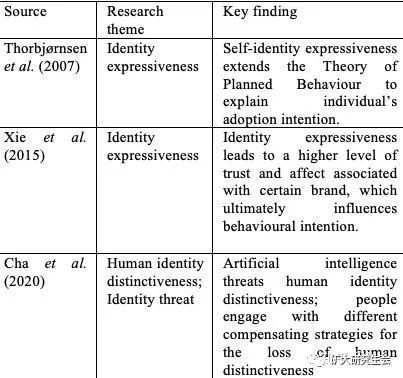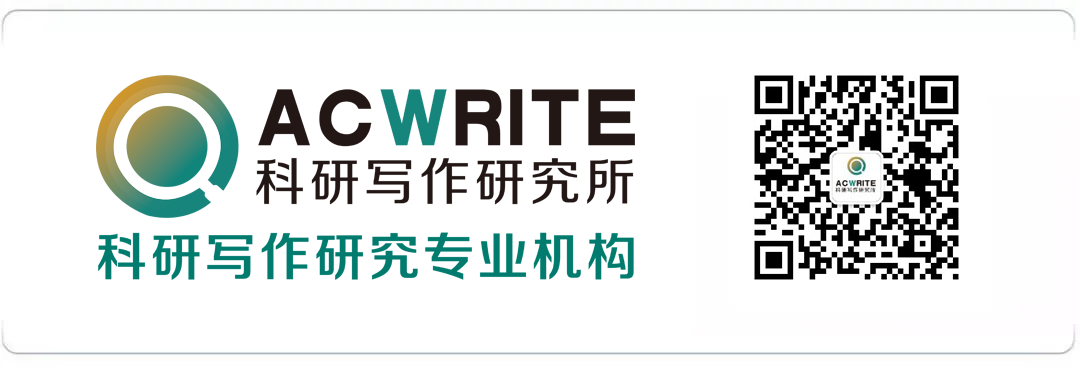


相信每一位小伙伴在做科研的时候都会阅读大量的文献,但是在阅读之后遇到问题时会不会时常有“我看过类似的文献,这个可以用到,但是现在找不到了”这样的困惑呢?
阅读文献的目的不是度过,而是能够使用,这就要求我们对我们读过的文献进行整理和总结,但是凡事说起来容易做起来难,这项工作我们该如何开展呢?

首先需要明确一点的是,使用的什么软件,使用什么方法并不是影响你阅读效果的关键!大家通过各种各样的渠道肯定听说乃至在使用着几种文档管理工具,但工具本身就只是工具而已,相较于如何使用工具,更重要的是如何改变自己整理文献的思想。比较推荐的思路是“四步走”方法,即用PDF看一遍,用excel整理一遍(横向整理),用word归纳一遍(纵向归纳),通过多次不同角度阅读整理,加深文献印象,明晰文献脉络,最后用大家喜欢的文献管理工具做归档就好啦,没有的话直接在文件夹中分类保存也是可以的哦!
第一步 PDF阅读



第二步 横向整理


第三步 纵向整理


第四步 文献管理

点击关注



100000+科研学者关注加入我们!
![]()
![]()
![]()
![]()
![]()
![]()
![]()
![]()
![]()
![]()
![]()
![]()
![]()
![]()
 ai论文查重
ai论文查重